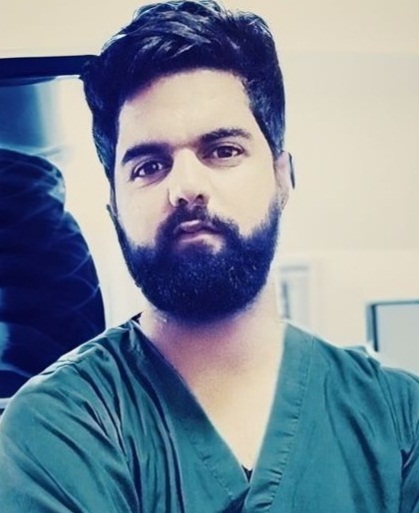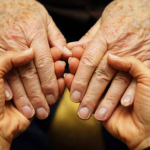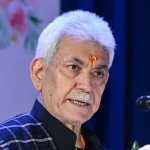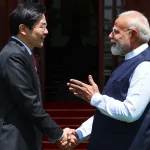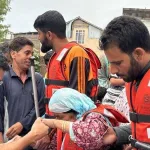In the realm of forensic investigations, the convergence of traditional autopsy practices with modern radiological imaging techniques has resulted in the development of a potent tool called virtopsy. This novel method has changed the postmortem examination landscape by fusing radiological capabilities with forensic pathology principles. Subsequently, we examine the mutually beneficial association between radiology and virtopsy and the significant influence it has had on forensic science.
Virtopsy, an amalgamation of “virtual” and “autopsy,” refers to the use of sophisticated radiological imaging modalities like computed tomography (CT), magnetic resonance imaging (MRI), and X-ray to scrutinize the human body in unprecedented detail and to produce visual representations of it. These imaging techniques provide a non-invasive way to examine internal structures, identify injuries, and document pathological finding all without the need for the conventional invasive body dissection and maintaining the integrity of the deceased.
At the heart of virtopsy lies radiological imaging, which serves as the cornerstone for visualizing internal structures, detecting injuries, and documenting pathological findings. CT scans, with their ability to generate three-dimensional reconstructions of the body, offer unparalleled insights into anatomical anomalies and traumatic injuries, allowing forensic pathologists to explore the internal anatomy and identify subtle abnormalities that may go unnoticed during a conventional autopsy.
Trajectory analysis, which entails tracking the path of projectiles such as bullets or blunt objects through the body is another crucial methodology used in virtopsy. Forensic pathologists can see bullet trajectories, fragment distribution, and tissue damage with remarkable accuracy, thanks to CT scans’ high-resolution imaging capabilities. Through the process of mapping the trajectory of injuries, virtopsy helps investigators piece together the events leading up to fatal encounters, providing insights into the dynamics of violence and possible motivations.
MRI, on the other hand, complements the diagnostic capabilities of CT imaging by being particularly good at capturing soft tissue injuries and subtle pathological changes.
The synergy between virtopsy and radiological imaging extends across a myriad of forensic scenarios, including cases involving trauma, natural deaths, and criminal investigations. In cases of traumatic injury, CT scans can pinpoint fractures, haemorrhages, and foreign objects with remarkable precision, aiding in the reconstruction of events leading to death. Furthermore, virtopsy provides a courteous substitute that respects cultural sensitivities while providing forensic insights in situations where traditional autopsies are impractical or forbidden, such as in remote areas or religious contexts.
Combining radiology and virtopsy offers several unique benefits over traditional autopsy techniques. By eliminating the need for invasive procedures, virtopsy minimizes postmortem alterations and reduces the risk of contamination, preserving valuable evidence for forensic analysis. Furthermore, the non-invasive nature of virtopsy expedites the examination process, enabling forensic teams to obtain timely results and facilitate swift legal proceedings.
Recent advancements in virtopsy methods, like 3D printing and postmortem angiography, have improved its diagnostic potential even more. While 3D printing makes it easier to create anatomical models for in-depth anatomical analyses and courtroom presentations, postmortem angiography allows for the visualisation of vascular abnormalities and traumatic injuries. These developments highlight how virtopsy has developed dynamically to become a fundamental component of contemporary forensic science.
Conclusively, the combination of virtopsy and radiological imaging signifies a revolutionary development in the field of forensic science, providing hitherto untapped perspectives into the complexity of death investigation. Through the utilisation of cutting-edge imaging technologies, forensic professionals can solve the enigmas surrounding death with unmatched accuracy and effectiveness. The future of forensic science will surely be shaped by virtopsy’s influence on forensic investigations for future generations, as it continues to develop and blend with radiology.
(Author is a Radiodiagnosis student at Government Medical College, Anantnag and a researcher in precision oncology. Feedback: [email protected])


